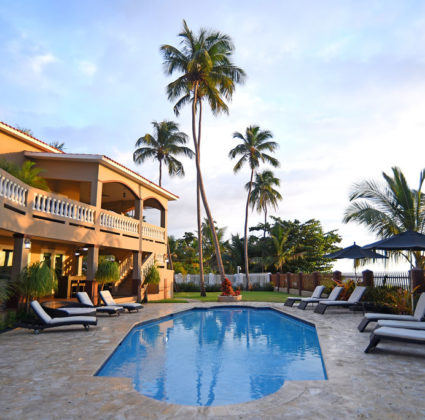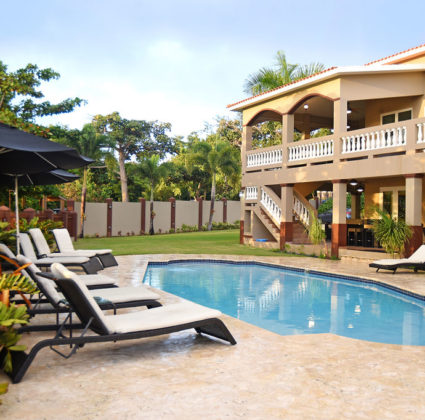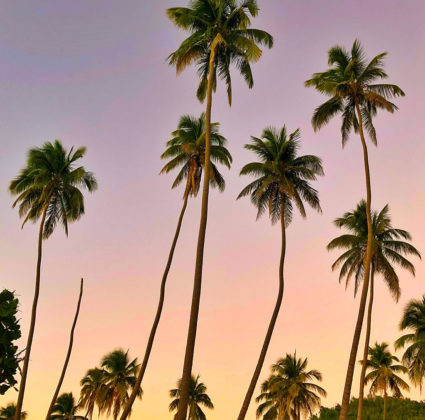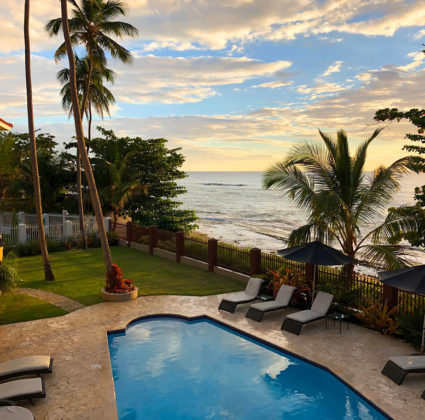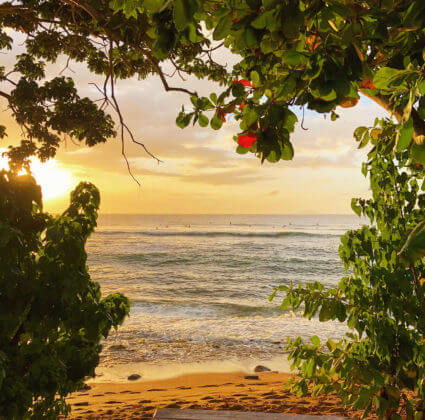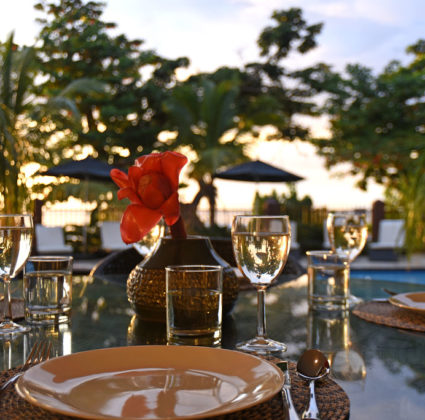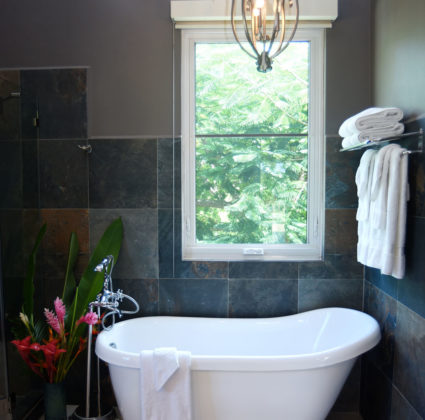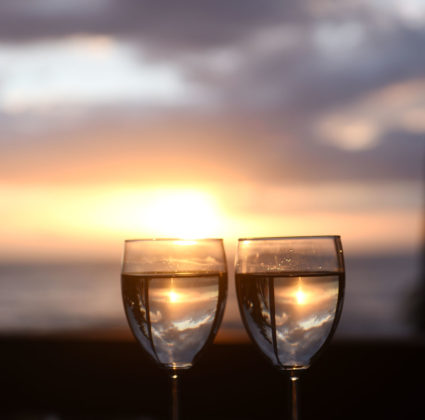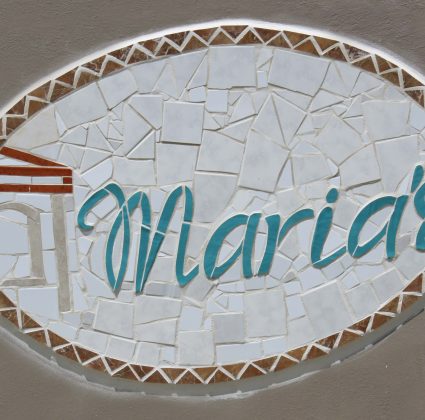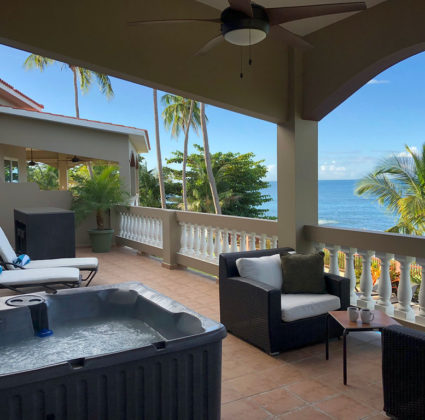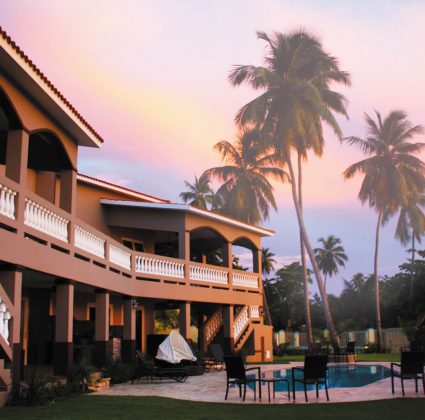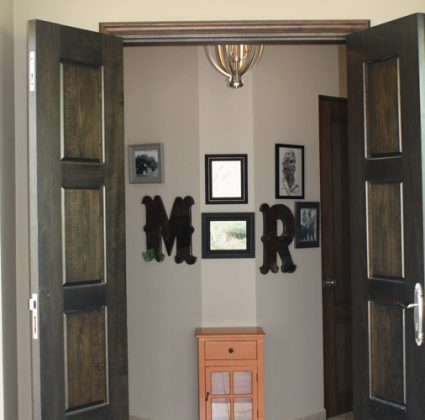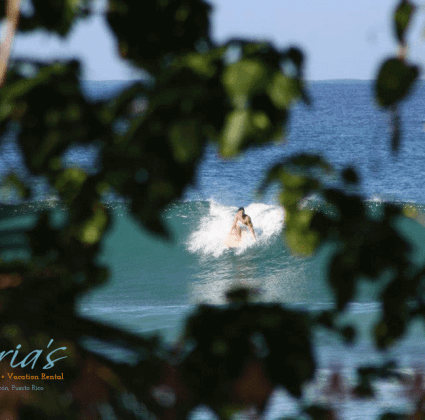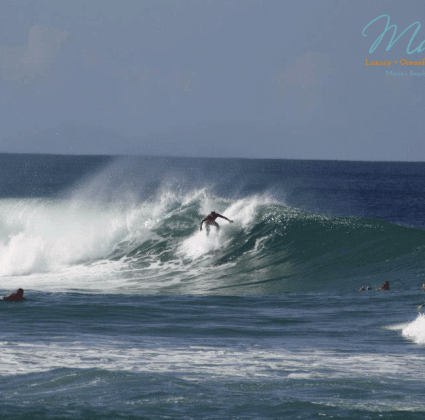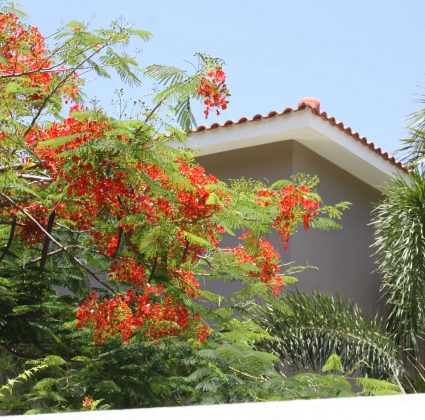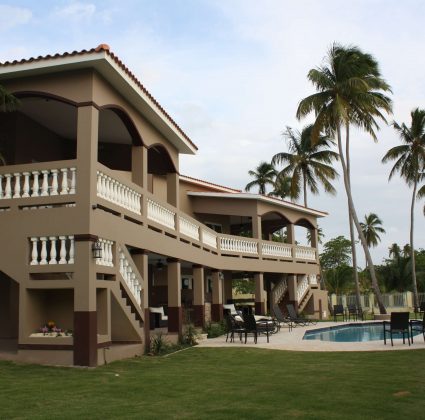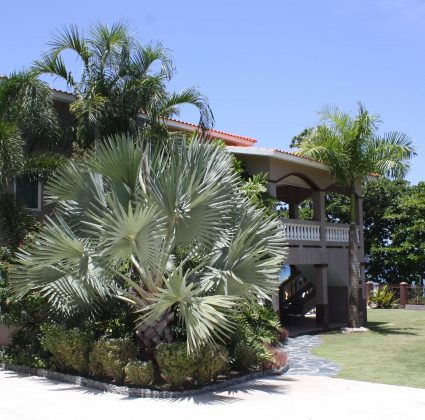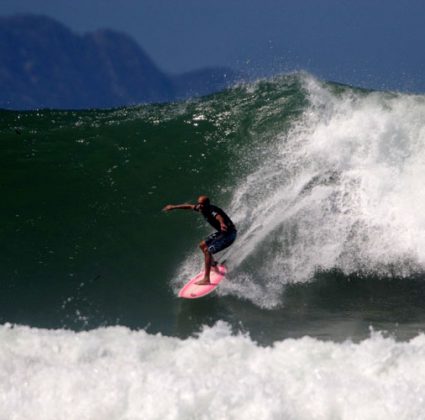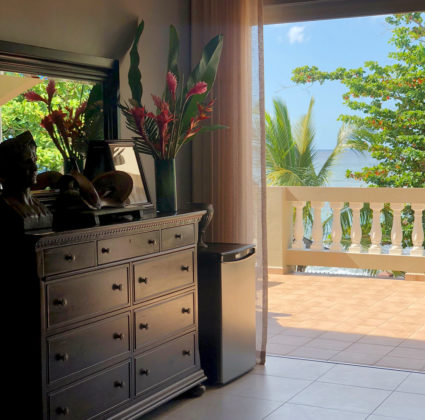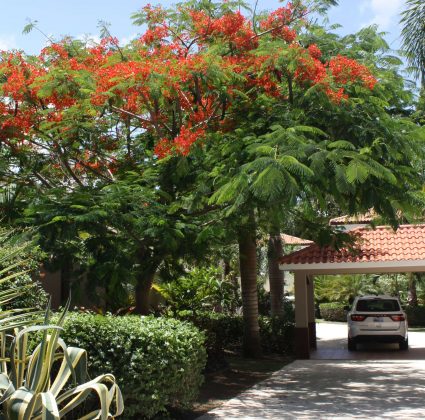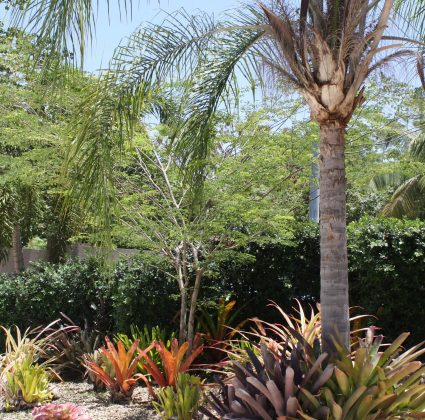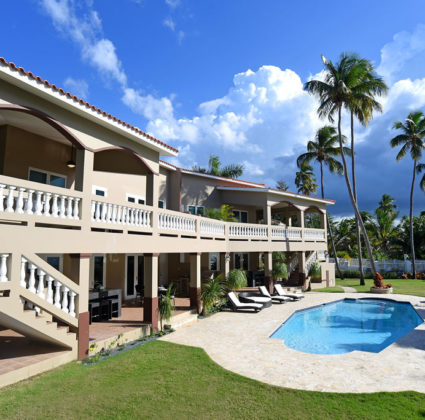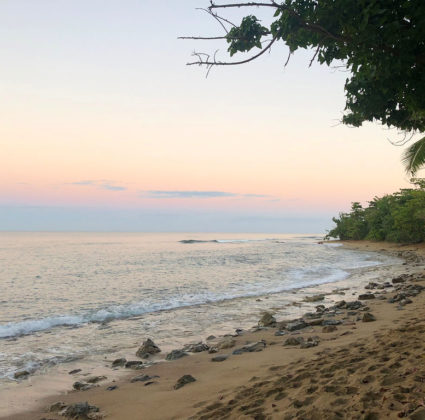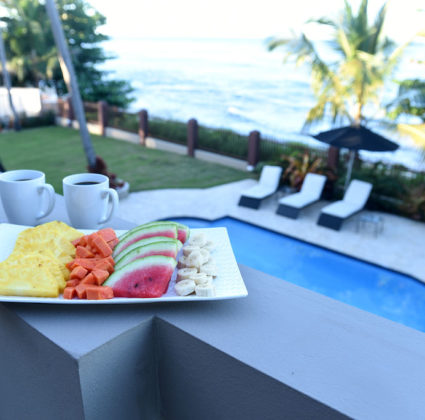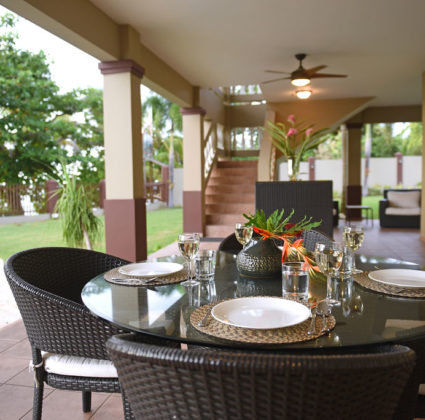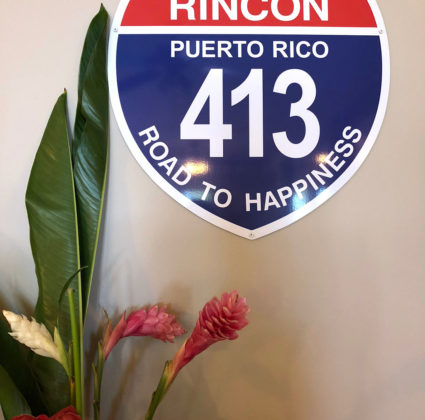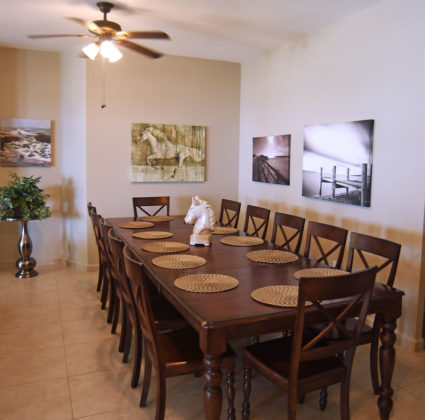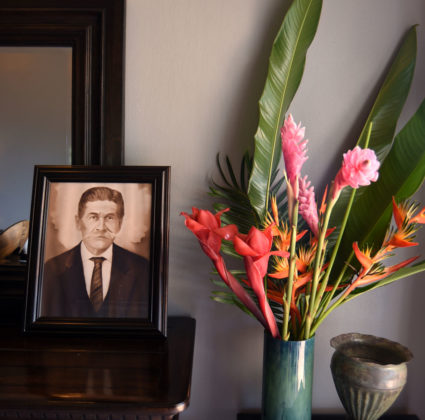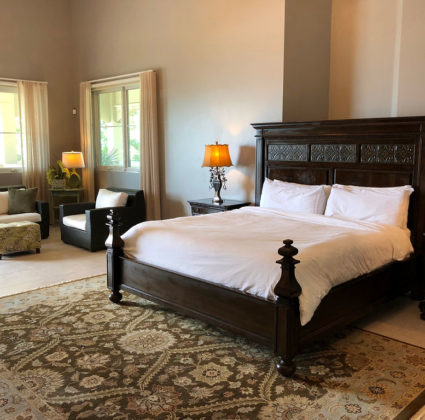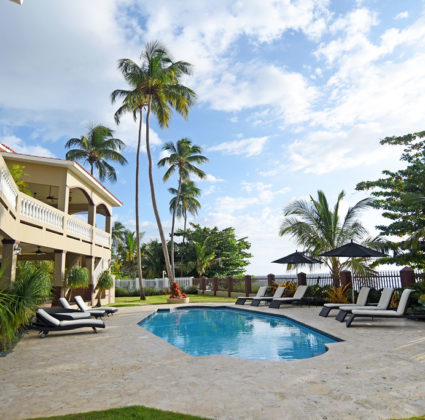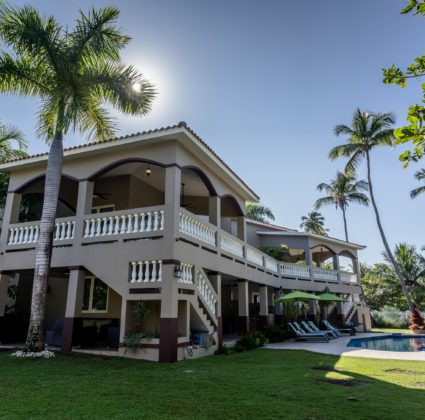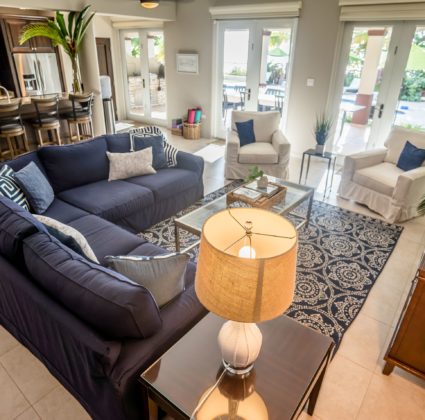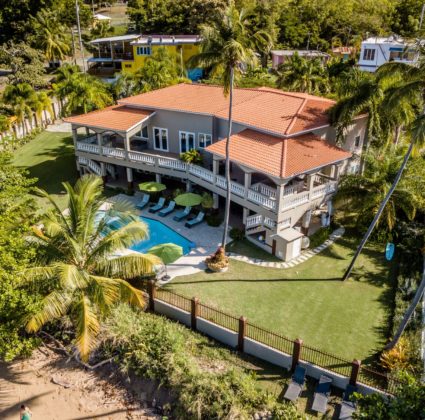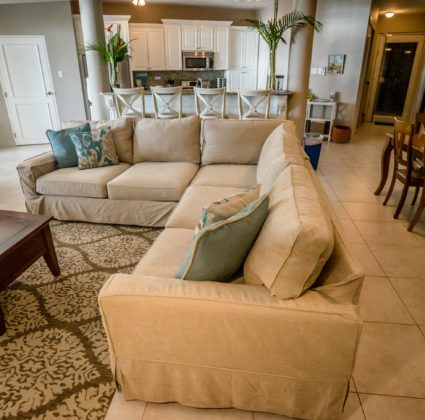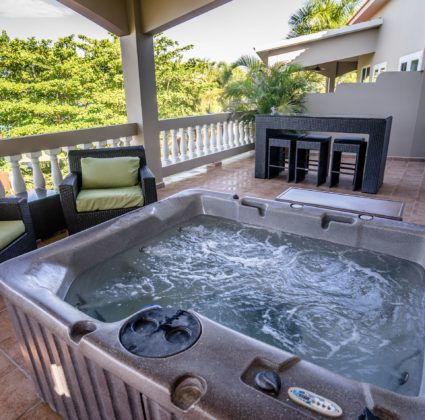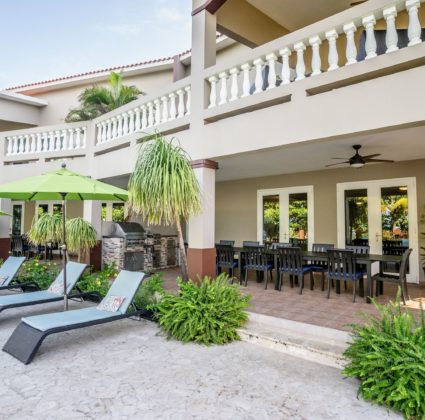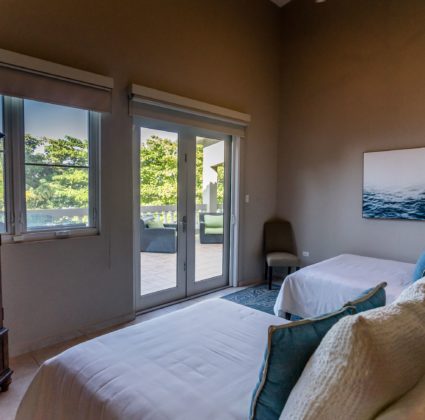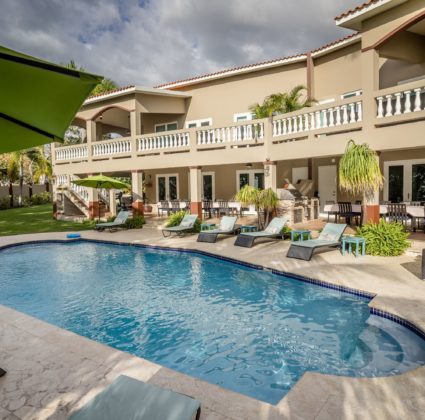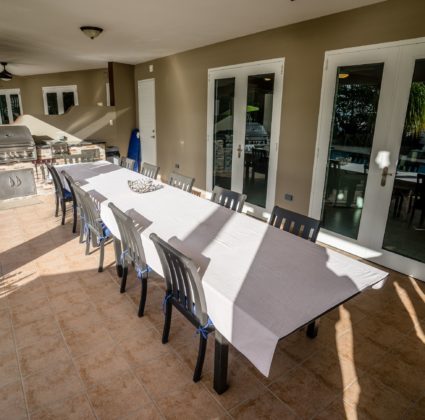Puerto Rico attracts visitors from across the globe for a variety of reasons. People come far and wide for the white, sandy beaches, spectacular waves, beautiful flora and fauna and rich history. One of the island’s hidden gems, however, are the bioluminescent bays. Puerto Rico is home to three bioluminescent bays: Mosquito Bay on the island of Vieques, Laguna Grande in Fajardo, and La Parguera in Lajas.
Why Are The Bays Bioluminescent?
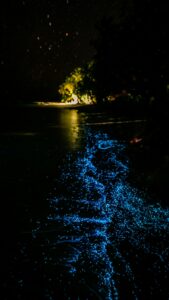 The bioluminescence of the bays is due to the presence of dinoflagellates. According to Britannica, dinoflagellates are one-celled aquatic organisms, bearing similarities to both plants and animals, that produce bioluminescence. When the population density of dinoflagellates is high enough in a body of water, bioluminescence can be observed.
The bioluminescence of the bays is due to the presence of dinoflagellates. According to Britannica, dinoflagellates are one-celled aquatic organisms, bearing similarities to both plants and animals, that produce bioluminescence. When the population density of dinoflagellates is high enough in a body of water, bioluminescence can be observed.
The reason dinoflagellates produce bioluminescence is complex. According to an article published in the National Library of Medicine, dinoflagellates produce light in organelles termed scintillons due to a series of interactions involving light-producing compounds. The reaction begins with a mechanical stimulus, which can be waves, other organisms in the water, or objects such as boats.
Mosquito Bay
Mosquito Bay is just off the coast of Puerto Rico on the tiny island of Vieques. According to Treehugger, this is the brightest bioluminescent bay in the world due to the presence of pyrodinium bahamense, a dinoflagellate that glows aqua-blue when agitated. It’s important to note that Mosquito Bay is not named for the insect, but for a pirate ship called El Mosquito, which pirate Roberto Cofresi often hid there. So, don’t use too much insect repellent, as this can disrupt the dinoflagellates living there. Keep in mind that there is no swimming allowed, and the bioluminescence is best viewed on nights with very little moonlight.
Laguna Grande
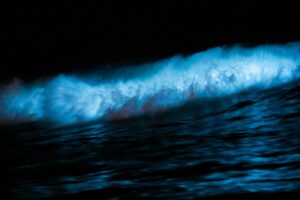 Laguna Grande, located in Fajardo, is the island’s most visited bioluminescent bay, as it is near San Juan. Unlike the other locations, it’s actually a lagoon, but like the bays, it glows brightly at night due to the presence of dinoflagellates. Fortunately, there are many evening boat tours to Laguna Grande, as it is a very popular tourist destination. As Laguna Grande is quite a distance from Rincon, you may wish to spend the day in San Juan to make the most of your visit. There are many places to visit in San Juan if you want to make the day truly count – learn more here!
Laguna Grande, located in Fajardo, is the island’s most visited bioluminescent bay, as it is near San Juan. Unlike the other locations, it’s actually a lagoon, but like the bays, it glows brightly at night due to the presence of dinoflagellates. Fortunately, there are many evening boat tours to Laguna Grande, as it is a very popular tourist destination. As Laguna Grande is quite a distance from Rincon, you may wish to spend the day in San Juan to make the most of your visit. There are many places to visit in San Juan if you want to make the day truly count – learn more here!
La Parguera
For most people visiting Rincon, La Paragua, located in Lajas, is the closest bio bay to visit, just over an hour away by car. To get to La Parguera, you will need to travel through mangrove channels, so an experienced guide is a must. While swimming in the bio bay is allowed, some scientists suggest it has caused a decrease in the dinoflagellate population – many agree that La Parguera’s bioluminescence is not as healthy as it once was. Perfumes, bug sprays, and hair care products can be detrimental to the dinoflagellates, so if you do choose to swim, try to avoid using any type of chemical on your skin or hair beforehand.
Planning a bio bay exploration? Stay at Maria’s.
Puerto Rico is an island rich in natural beauty and biodiversity. When you are ready to visit, book your stay with Maria’s. When you’re ready to stay with us, booking is done through Twin Palms, Maria’s rental, and onsite management. Please visit our booking page on this website to view the availability of Maria’s and fill out our convenient contact form. If you have any additional questions regarding Maria’s, you may call Elizabeth at 787-685-6648 (español: Cristina at 787-449-3673).
